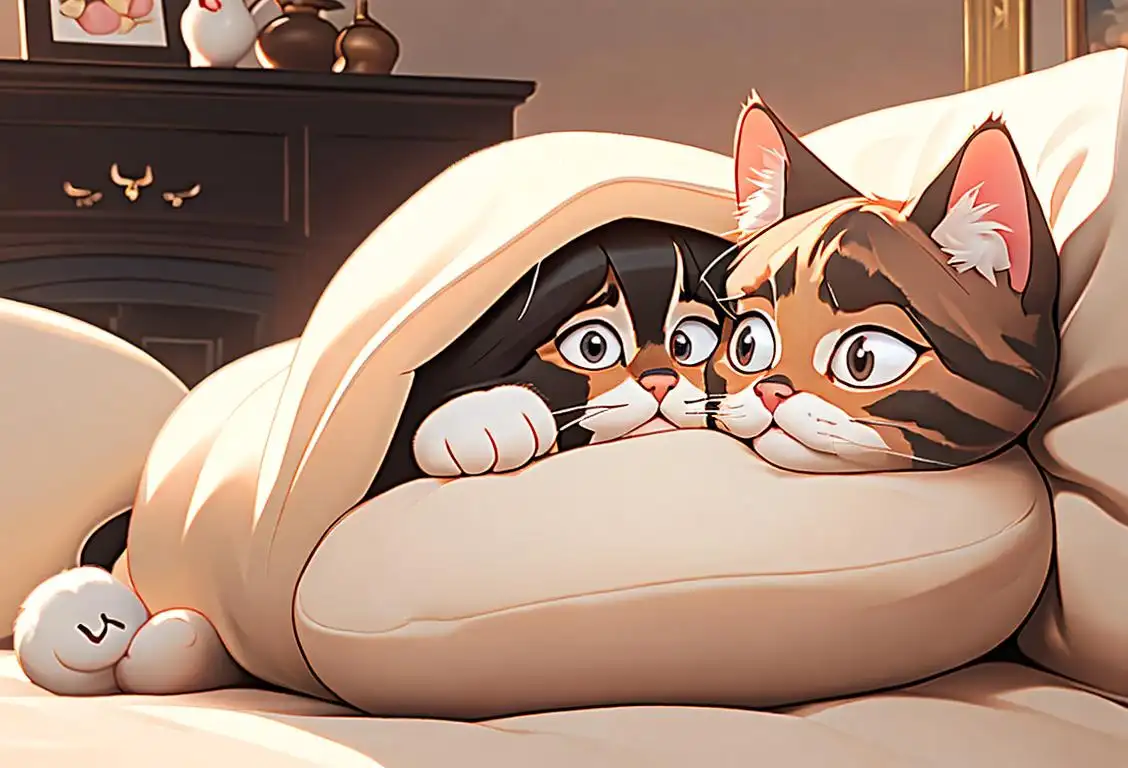National Grooming Day

Oh, National Grooming Day! What a fantastic excuse to get all spruced up and look your best! Whether you're a dapper dude or a glamorous gal, this special day celebrates the art of grooming, and boy, do we have some fun facts and grooming tips in store for you.
When is Grooming Day?
It's national grooming day on the 19th August.
The History of National Grooming Day
Let's dive into the interesting internet history of this fabulous day. National Grooming Day first gained popularity on August 19, 2018, when it was mentioned a whopping 446 times online. Clearly, people were eager to embrace the idea of perfecting their appearance and showing off their best grooming practices.
This day reminds us all that taking care of ourselves, both inside and out, is important. It's not just about looking good; it's also about feeling great and boosting our confidence levels.
Grooming Tips and Tricks
So, you want to look like a million bucks? We've got you covered! Here are some top grooming tips and tricks to help you on your quest for polished perfection:
- Invest in quality skincare products to keep your skin looking fresh and youthful.
- Don't forget about your hair! A well-groomed hairstyle can transform your entire look.
- Trim your nails regularly and keep them clean to prevent any unwanted hangnails.
- Let's not ignore the importance of dentistry! Brush, floss, and visit your dentist regularly for a dazzling smile.
- And hey, don't forget about self-care! Treat yourself to a relaxing bubble bath or a refreshing face mask.
Did You Know?
Did you know that grooming doesn't just apply to humans? Many animals, such as cats and dogs, engage in grooming rituals to keep themselves clean and healthy. So, National Grooming Day is a great opportunity to pamper your furry friends too!
History behind the term 'Grooming'
1551
Origin of the term 'groom'
The term 'groom' comes from the Middle English word 'grome,' meaning a boy or young man. In the 16th century, it referred specifically to a male servant or attendant, often employed to take care of horses. The term gradually evolved to include individuals responsible for the maintenance and care of other animals, such as dogs. This early usage of 'groom' laid the foundation for the later development of the term 'grooming' as we understand it today.
1895
Introduction of 'grooming' in personal care context
Around the late 19th century, the term 'grooming' expanded to encompass personal care activities. It began to be used to describe the act of cleaning, tidying, and maintaining one's appearance, particularly in terms of personal hygiene. This included activities such as bathing, shaving, and styling one's hair. The term 'grooming' became commonly associated with self-care practices that contribute to one's overall presentation and cleanliness.
1960s
Psychological concept of grooming
In the 1960s, the term 'grooming' took on a new significance within the realm of psychology. It began to be used to describe the manipulative tactics employed by individuals who engage in predatory behavior, particularly in cases of child sexual abuse or exploitation. 'Grooming' refers to the actions undertaken by an offender to establish trust and control over their victim, often through gradually escalating stages of manipulation. This concept shed light on the insidious tactics used by perpetrators and increased awareness about the importance of identifying potential signs of grooming.
1990s
Emergence of the term 'grooming' in online context
With the rise of the internet in the 1990s, the term 'grooming' found a new domain of application. It became associated with the online manipulation and exploitation of vulnerable individuals, particularly children and teenagers. Online grooming involves establishing emotional connections, trust, and control over victims in order to exploit them, often leading to offline abuse or illicit activities. The term 'grooming' thus became an important aspect of understanding and combatting online child exploitation.
Present
Broader usage and awareness of 'grooming'
Today, 'grooming' continues to be used in various contexts. It remains a term associated with personal care and hygiene routines and is integral to discussions on self-presentation. Additionally, increased awareness of grooming tactics has led to its application in identifying and preventing instances of predatory behavior, both offline and online. The term 'grooming' now serves as a crucial tool in safeguarding vulnerable individuals and raising awareness about the tactics used by abusers.
Did you know?
Did you know that grooming doesn't just apply to humans? Many animals, such as cats and dogs, engage in grooming rituals to keep themselves clean and healthy. So, National Grooming Day is a great opportunity to pamper your furry friends too!Tagged
fun pets beauty self-careFirst identified
21st August 2015Most mentioned on
19th August 2018Total mentions
446Other days
Grooming Day
Lash Day
Brow Day
Pedicure Day
Tanning Day
Jawline Day
Dress Up Your Pet Day
Hug Your Cat Day
Pets Day
Take Your Dog To Work Day








